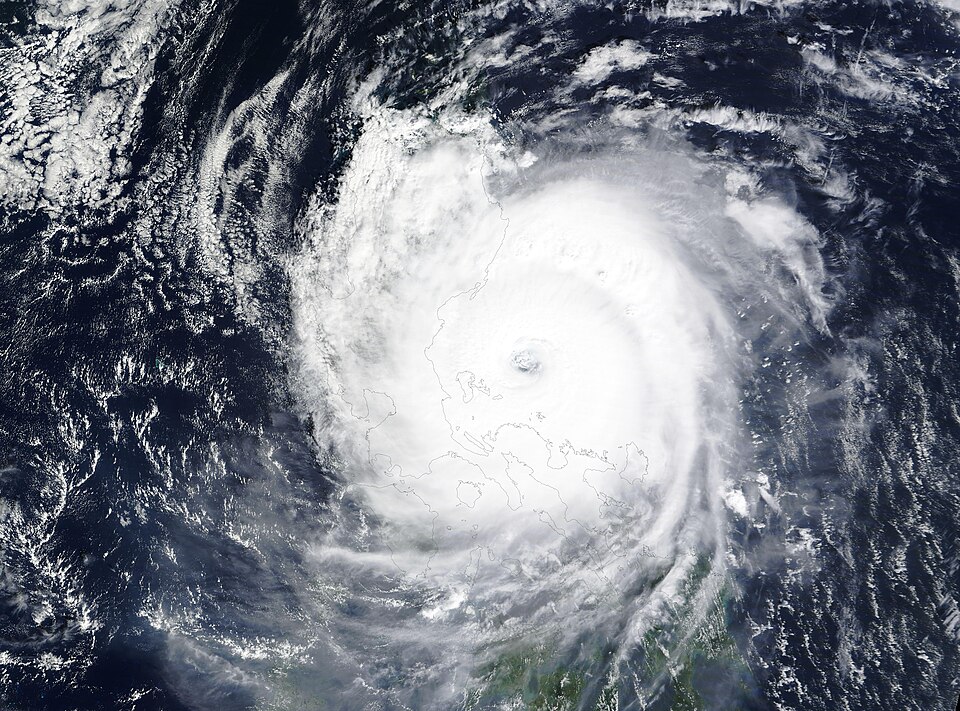Navigating Transfer Pricing Challenges After Recent Typhoons in the Philippines

As the Philippines grapples with the aftermath of successive typhoons, including Typhoons Crising, Dante, and Emong, along with the persistent southwest monsoon (Habagat), businesses across the archipelago are facing not only immediate operational challenges but also complex transfer pricing implications. The natural disasters have resulted in significant disruptions, such as flooded warehouses, paralyzed logistics, power outages, and damaged infrastructure, compelling many enterprises to prioritize survival and recovery. However, beneath the surface of these urgent operational issues lies a critical concern for multinational enterprises (MNEs) regarding the defensibility of their intercompany pricing amid these calamities.
The concept of transfer pricing, which refers to the setting of prices for transactions between related entities within a multinational corporation, becomes particularly challenging under the conditions created by natural disasters. Typically, transfer pricing models are predicated on stable economic environments. However, the unexpected production halts, logistical constraints, and extraordinary costs associated with typhoons can lead to a misalignment between actual business conditions and established intercompany agreements. According to the Organization for Economic Cooperation and Development (OECD) Transfer Pricing Guidelines, it is essential that pricing outcomes reflect value creation and risk assumption, a principle that becomes increasingly complex during times of crisis.
In light of these challenges, the Bureau of Internal Revenue (BIR) in the Philippines may scrutinize whether losses reported by companies align with the contractual arrangements and economic substance of the transactions involved. Multinational enterprises must therefore reassess their risk allocations and operational strategies following the calamities.
### Context and Significance
Natural disasters disrupt the fundamental economic assumptions underlying intercompany pricing arrangements, particularly for firms in the Philippines that often operate as contract manufacturers or limited-risk distributors. For example, an entity classified as a low-risk distributor may face unexpected risks and costs due to typhoons, which could contradict its established transfer pricing model designed for a stable environment. This necessitates a detailed examination of how the functions, assets, and risks (FAR) assigned to various entities have shifted post-calamity, requiring businesses to navigate the ever-evolving landscape of transfer pricing compliance.
### Expert Opinions
Dr. Sarah Johnson, Professor of Economics at Harvard University, notes that "the arm’s length principle must adapt to the realities of disaster recovery. Multinational corporations need to ensure their intercompany pricing reflects the new operational risks they face, especially in a region as disaster-prone as the Philippines."
Further emphasizing the need for adaptability, James Lee, Chief Financial Officer of a major multinational corporation, argues, "Our transfer pricing strategies must be dynamic. The recent typhoons have shown us that we cannot rely on previous agreements without revisiting them in light of current realities."
### Evaluating Risk Allocation
Revenue Audit Memorandum Order (RAMO) No. 1-2019 reinforces the OECD's principle that the allocation of risks within a multinational group directly influences how profits and losses are attributed among related parties. This memorandum stresses that the entity designated to bear a particular risk must correspond with the actual conduct and economic substance of the transaction. In the aftermath of calamities, Philippine taxpayers must revisit their risk profiles to ensure that the economic consequences align with contractual roles and operational realities.
For instance, if Company A, a limited-risk distributor, experiences significant losses due to inventory damages from flooding, it may need to adjust its intercompany margins to reflect the extraordinary risks it has assumed. This reassessment must be supported by robust documentation and a clear understanding of the reallocated risks.
### Localized Impact and Documentation Requirements
The uneven effects of natural disasters across different regions necessitate a careful analysis of the arm’s length nature of related party transactions. RAMO No. 1-2019 emphasizes that discrepancies in reported net operating profits among similar companies in the same industry may signal potential transfer pricing risks that warrant further investigation. Without proper documentation to substantiate claims of lower profitability due to genuine economic conditions, businesses like Company X, adversely affected by flooding, risk scrutiny from the BIR in comparison to peers like Company Y, which operated without disruption.
### Extraordinary Costs and Their Allocation
Non-recurring costs arising from calamities, such as repairs and logistical adjustments, should not automatically be absorbed by local entities. Instead, businesses must delineate the actual transactions and assess which party assumed the risks. For example, if Company Y incurred additional costs due to typhoon-related disruptions, it might be justifiable to recharge these costs to its foreign affiliates, reflecting the arm's length behavior expected in intercompany arrangements.
### Revising Intercompany Agreements
Typhoons may activate force majeure clauses or necessitate revisions to intercompany agreements to reflect economic realities accurately. It is crucial for taxpayers to document any changes to contracts and ensure that they align with the arm’s length principle to avoid regulatory scrutiny. The BIR may closely examine any revisions, particularly if they lead to substantial deductions or losses.
### Conclusion
The essence of the arm’s length principle does not diminish during a disaster, but its application requires contextual understanding. The recent typhoons have illustrated that economic substance can shift abruptly, challenging preconceived notions behind transfer pricing policies. For Philippine entities, this underscores the necessity of recognizing disruptions and responding with foresight and thorough documentation. Such proactive measures not only promote compliance but also demonstrate the resilience of transfer pricing frameworks, even in the face of calamities. A disaster-aware transfer pricing strategy is not merely a reactive measure; it is an essential component of sustainable and defensible cross-border tax compliance in an increasingly volatile global environment. Businesses are urged to stay compliant, stay prepared, and prioritize safety in their operations.
Advertisement
Tags
Advertisement





